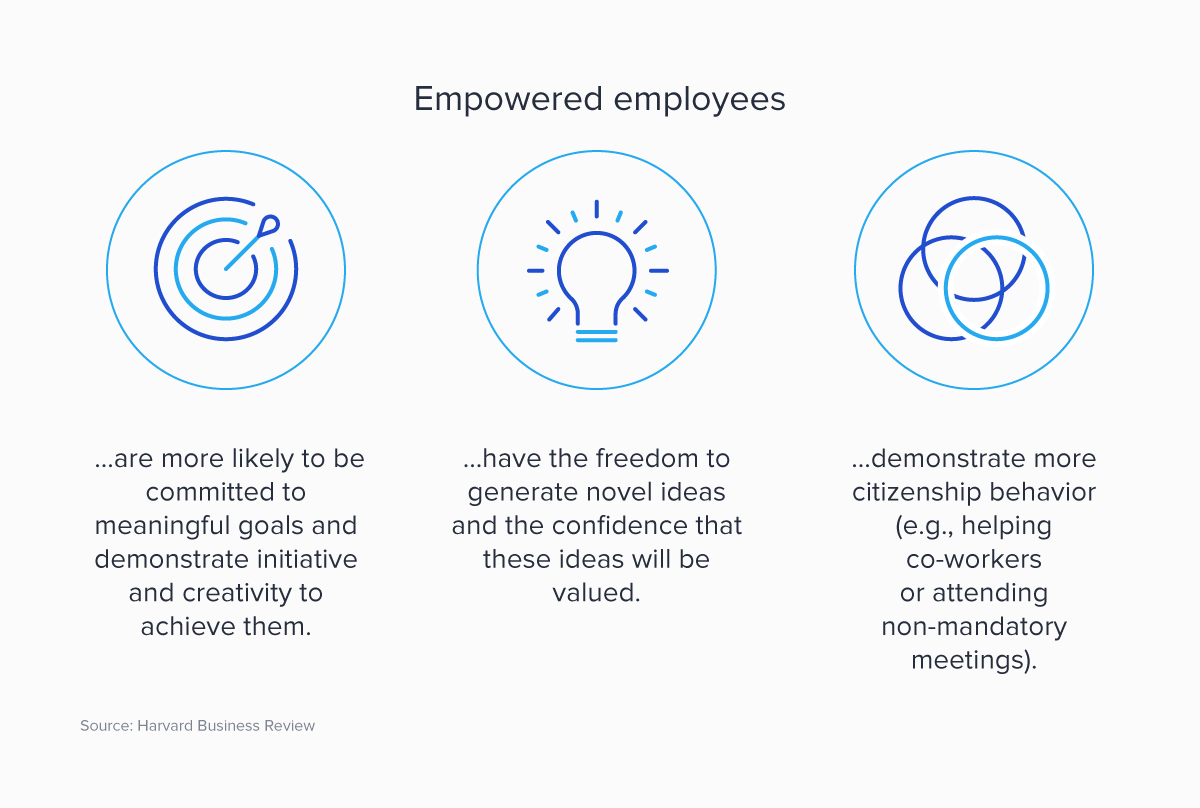Two Critical Ways to Improve Your Talent Management Strategy
authors are vetted experts in their fields and write on topics in which they are extremely knowledgeable. All of our content is peer reviewed and validated by world-class professionals.

The talent market is undergoing a massive overhaul. Economic changes, accelerating technological advancements, and the rise of a global workforce all affect businesses and, as a result, talent management strategy. Remote and on-demand work continues to increase -- 26 million Americans now work remotely at least part of the time -- forcing companies of all sizes to rethink and restructure their workforces. In addition, today’s workforce is multi-generational. There are five (by some counts up to seven) generations, and they all have a better understanding of their own value, especially those with specialized skills. These people are looking for more mobility within an organization, as well as transparency about their potential career growth.
Needless to say, the current talent landscape is dynamic. In such an environment, how does one build a talent management strategy that will best cater to the needs of today and future-proof challenges arising tomorrow?
Empower Your Employees
Several years ago, Deloitte conducted a study of millennials as managers. When they asked a 29-year-old manager at a Fortune 100 company if they could observe one of his meetings, the manager replied: “That’s fine. But be prepared, when you come on-site to observe us I’m not going to introduce myself as the manager because all points of view on this team carry the same weight. People have the freedom to express themselves whether they have 30 minutes or 30 years of experience.”
Empowering employees means granting them the freedom to make decisions and complete assignments as they see fit, rather than by a manager’s process. Empowerment also implies a great deal of trust that employees are smart enough to do this and that their actions will remain aligned with company goals. In other words, managers who empower their employees focus on the end, not the means. Increasingly, employees of all generations not only prefer but expect a manager who empowers them. This is especially important in the talent economy as companies hire remote and on-demand workers.

Leaders can empower their workforce by:
- Delegating more than grunt work. Include work that will help them develop their skills, including leadership skills. For example, delegate an employee to sit in an important meeting in your place.
- Giving employees time and space to complete assignments. Set clear goals and boundaries, and then encourage them to get creative without fear of making mistakes.
- Listening to employees. Keep your door open for feedback and suggestions, and ask questions about what each employee needs to be successful.
As teams become increasingly distributed around the world, empowering employees to make decisions and accomplish the work without much interference from managers will be a competitive advantage in the future.
Agile Performance Management
Traditionally, performance management meant a formal, employee-manager review once a year. The feedback was one-way -- manager to employee -- and often focused on an employee’s weaknesses.
Offering feedback once a year is no longer enough, however. In fact, according to Gallup, “Traditional performance reviews and approaches to feedback are often so bad that they actually make performance worse about one-third of the time.” Instead, successful businesses across the globe are adopting agile performance management, which focuses on regular -- often instant -- feedback and an employee’s continuous improvement. Agile performance management also recognizes that people are individuals. The goal-setting processes of traditional management don't always work. Rather than focus on weaknesses, agile managers help employees understand their own strengths and set goals to develop them. Agile performance measurement includes linking these goals to business priorities and offers differentiated consequences for failing to meet them. These differentiated consequences vary based on the individual’s values, mindset, behavior, and intrinsic motivation. In other words, it’s not one-size-fits-all performance management, and it’s gaining popularity.
In one survey, close to 79% of global executives rated agile performance management as a soaring organizational priority. Adobe replaced annual reviews with “check-ins,” which are, much like it sounds, a series of informal conversations between a manager and an employee about goals, performance, and development. Several years ago, Deloitte announced it was renouncing traditional performance reviews in favor of agile performance management: “It will have no cascading objectives, no once-a-year reviews, and no 360-degree-feedback tools. We’ve arrived at a very different and much simpler design for managing people’s performance. Its hallmarks are speed, agility, one-size-fits-one, and constant learning.”
Deloitte, like many organizations since, realized annual performance reviews were too “batched” for a real-time world and offered far less value in the end than conversation conducted in the moment.
A company’s ability to manage business performance, stay competitive, and implement strategies increasingly depends on its ability to manage its workforce well. This multi-generational workforce needs to be empowered with clear guidelines to do their job and the autonomy to do it their way. Managers can further enable their employees by keeping communication frequent and designed to develop, rather than criticize.
Talent management is both an art and a science, and it’s rapidly moving away from traditional, hierarchical leadership.
